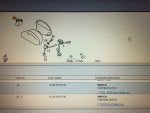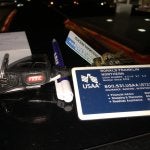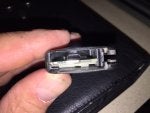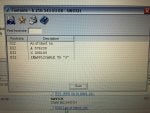Greetings,
Issues with the ignition degraded last night ... very high failure rate of key ignition working at this time, I.e. turning releasing the key from ignition and turn over starting the engine
I have fault EZS - Electronic ignition switch ELCODE - f - 2105450308 quick report and was unable to connect via HHTWin to clear or examine further; at this time, error; com port assigned and EIS switches passive does not react to diagnosis requests in this status could not back out or cancel HHTWin and reattempt successfully after numerous attempts
Does anyone have the hardware and software requirements etc to clone an existing Electronic Ignition Switch?
Or hardware kit to rebuild resolder repair the original ?
I want to buy a unit and clear it and clone it myself or to repair my existing unit
ideally to control costs $ USD
Issues with the ignition degraded last night ... very high failure rate of key ignition working at this time, I.e. turning releasing the key from ignition and turn over starting the engine
I have fault EZS - Electronic ignition switch ELCODE - f - 2105450308 quick report and was unable to connect via HHTWin to clear or examine further; at this time, error; com port assigned and EIS switches passive does not react to diagnosis requests in this status could not back out or cancel HHTWin and reattempt successfully after numerous attempts
Does anyone have the hardware and software requirements etc to clone an existing Electronic Ignition Switch?
Or hardware kit to rebuild resolder repair the original ?
I want to buy a unit and clear it and clone it myself or to repair my existing unit
ideally to control costs $ USD















